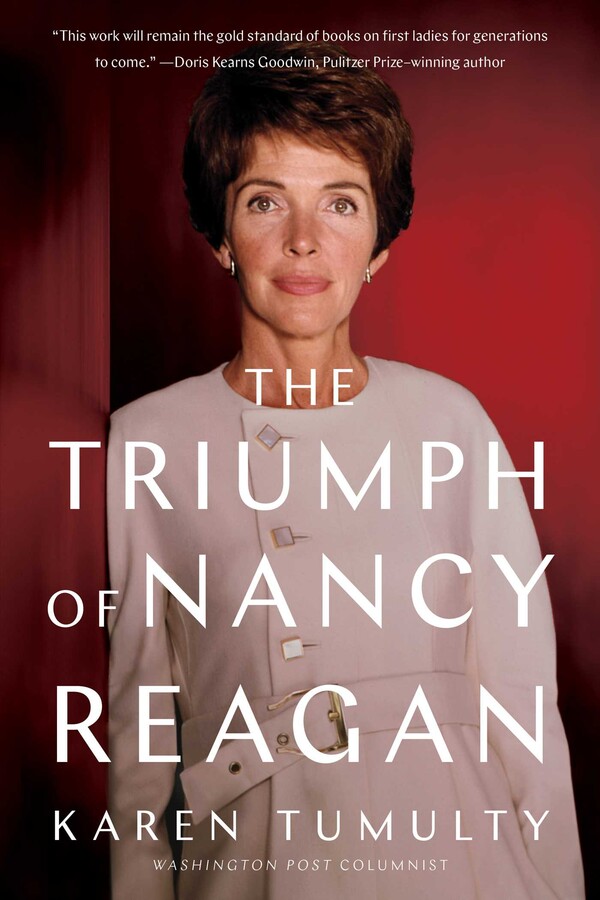Two new books—“Lady Bird Johnson: Hiding in Plain Sight” (Random House), by Julia Sweig, a fellow at the Lyndon B. Johnson School of Public Affairs, at the University of Texas at Austin, and “The Triumph of Nancy Reagan” (Simon & Schuster), by Karen Tumulty, a Washington Post columnist—offer perspectives on the confusion of the public and the private, and of seriousness and sham, that is the First Ladyship. Sweig’s book is focussed on Lady Bird during the Johnson Administration, and her main contention is that Lady Bird, in some broad sense, mattered. The author’s fondness for her subject is evident—too much so, at times. Tumulty’s book is more ambitious than Sweig’s—it is a full biography—and more successful. She doesn’t make excuses for her subject, and her clarity about Nancy (as she calls her throughout; her husband is “Ronnie”) gives substance to an engaging, well-written narrative. Tumulty’s Nancy is humanly comprehensible and compelling, and comes out looking better than do many of her worst critics and her husband’s strongest allies—two categories that often overlapped.
The harder assessment is which of the authors’ subjects is the better First Lady. In part, that’s because there is no agreement on what a First Lady should be. A President’s wife can be praised for being a doer (promoting children’s literacy, supporting military families) and attacked for doing too much (Hillary Clinton and health care). She can be variously admired or targeted for breaking barriers (as Michelle Obama was). Some people prefer one First Lady to another because they prefer one Presidential husband to another. Or they may condemn Mary Todd Lincoln because her personal difficulties meant that she didn’t do enough to support her husband, while condemning Melania Trump because she didn’t do enough to sabotage her husband. An overarching question is how one can admire a First Lady who is part of an Administration one disdains. On top of everything else, is it her job to make sure the President is good?

